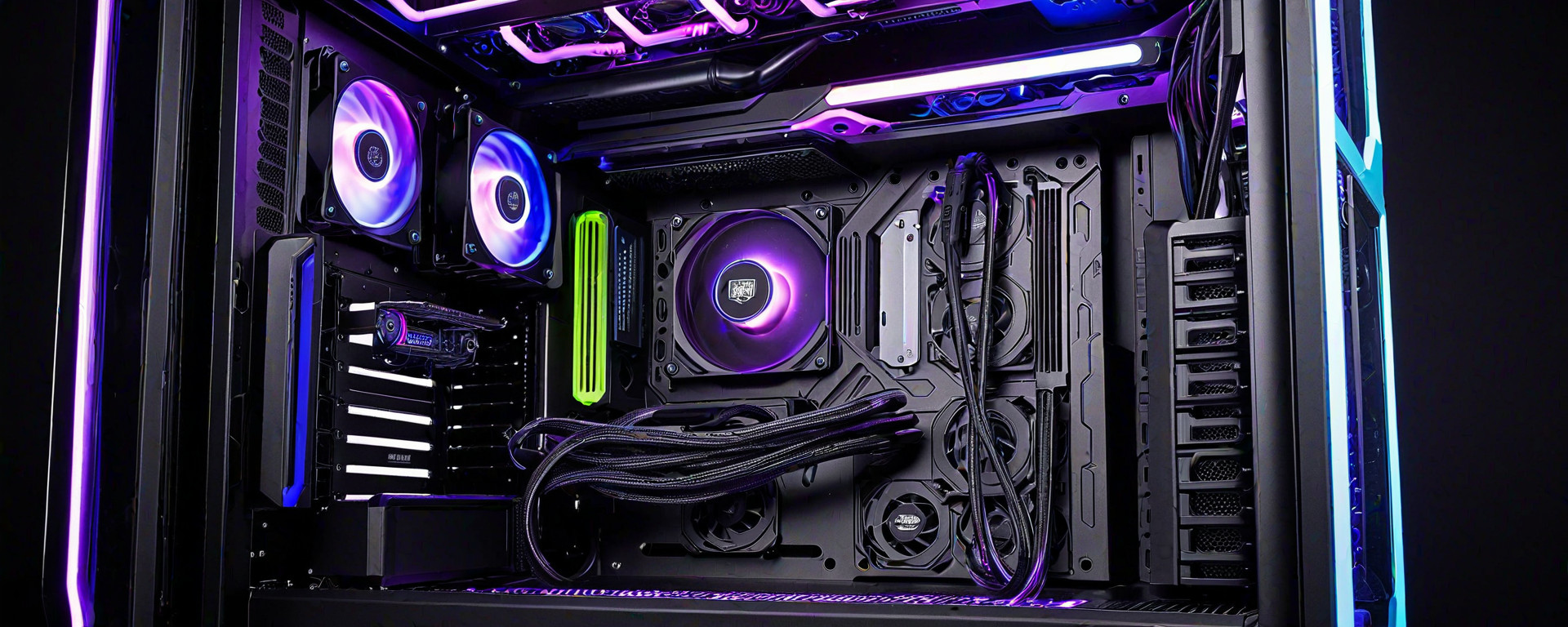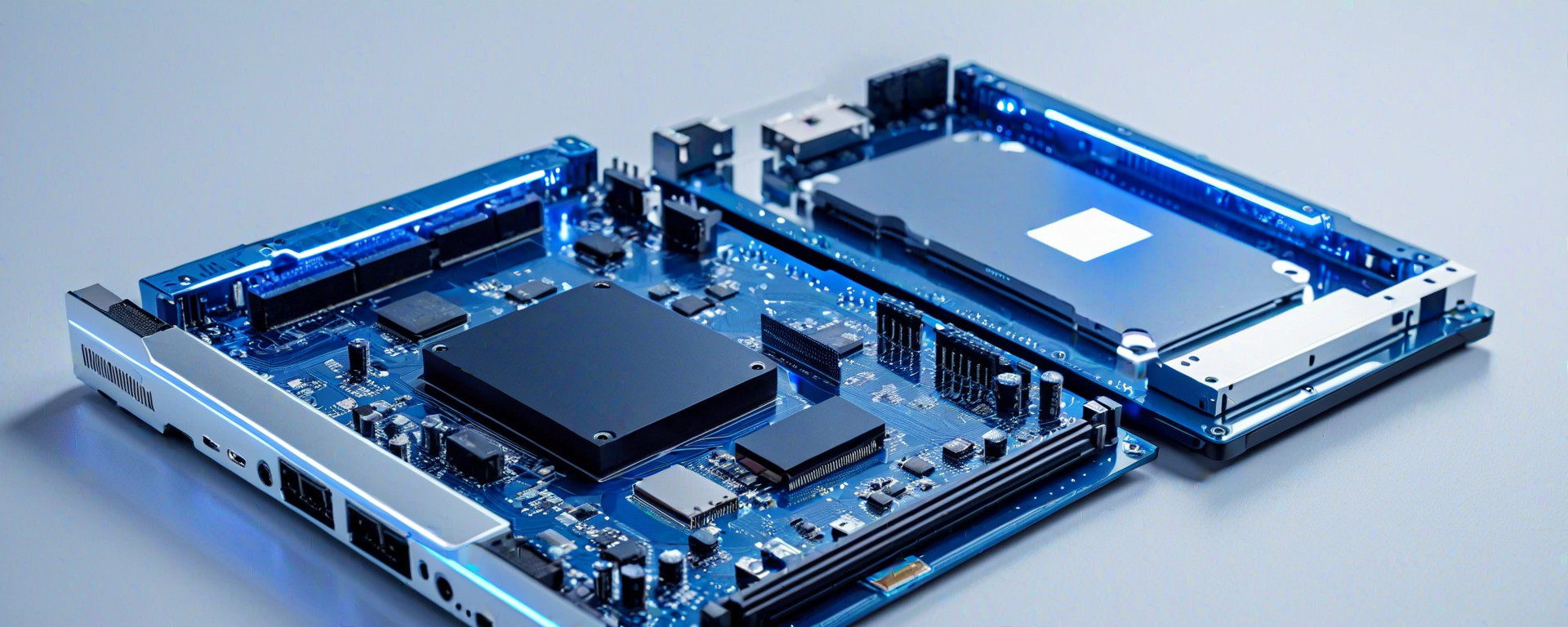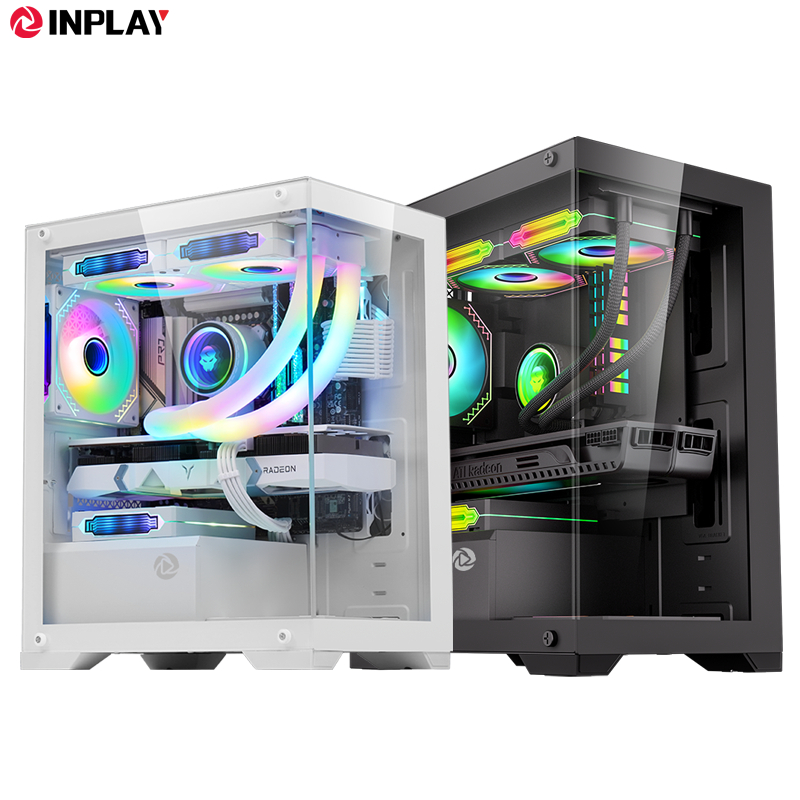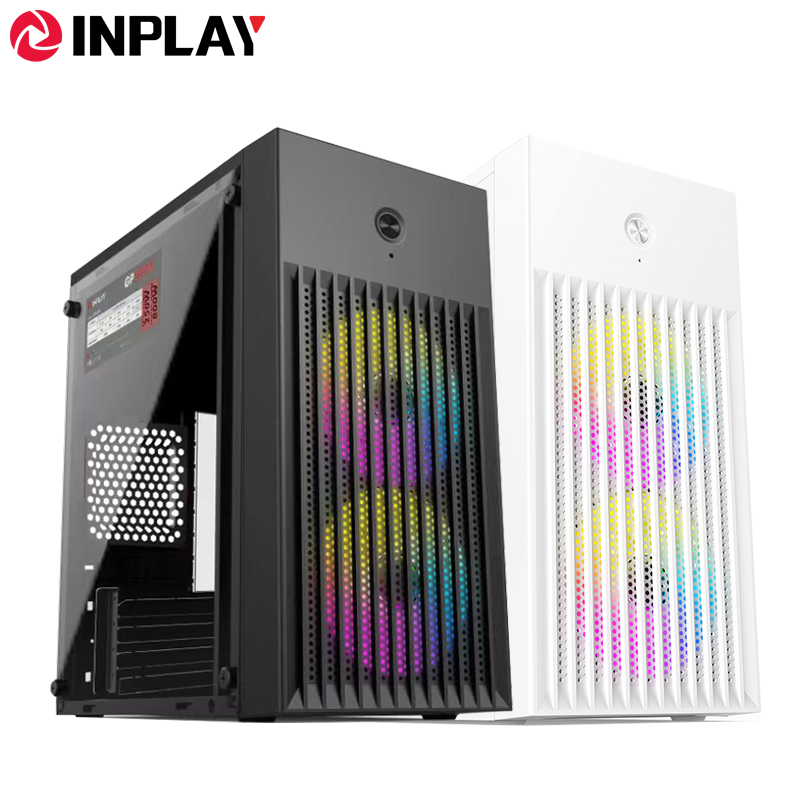Introduction
The importance of cable management in a personal computer (PC) build cannot be overstated. A well-organized internal structure not only enhances the aesthetics but also contributes to better airflow, easier maintenance, and reduced electromagnetic interference (EMI). Selecting a PC case designed for tidy builds is a critical decision that can significantly impact the overall performance and longevity of your system. This article delves into the key considerations when choosing such cases, emphasizing their cable management features.
Understanding Cable Management Features
Cable management in high-quality PC cases involves several key features designed to keep internal components neat and organized. These features include routing channels, tie-down points, modular cabling systems, and customizable brackets. Each of these elements plays a crucial role in ensuring that cables are not only contained but also efficiently routed without obstructing airflow.
Benefits of Advanced Cable Management
The primary benefit of advanced cable management is improved aesthetics, as it helps create a clean and professional look inside the case. Additionally, better organization leads to reduced clutter, which can enhance system performance by allowing for more efficient cooling and easier access for maintenance or upgrades.
Top Cases with Advanced Cable Management Systems
Several cases stand out in the market due to their exceptional cable management capabilities. Here are three top-tier options:
Cooler Master H500M
- Dimensions: 481mm x 217mm x 466mm (LxWxH)
- Material: Steel and tempered glass
- Cable Management: Routing channels, tie-down points, and pre-installed cable ties
- Pricing: $90 - $120
Razer Thresher 210
- Dimensions: 456mm x 187.2mm x 457.8mm (LxWxH)
- Material: Steel and tempered glass
- Cable Management: Modular cable routing, rear I/O shield with built-in USB-C ports, and tool-less access to internal components
- Pricing: $150 - $200
AORUS MI 100
- Dimensions: 468mm x 217.9mm x 465mm (LxWxH)
- Material: Steel and tempered glass
- Cable Management: Routing channels, anti-vibration cable ties, and customizable mounting brackets for additional cooling solutions
- Pricing: $120 - $150
Comparison Table
| Cooler Master H500M | Razer Thresher 210 | AORUS MI 100 | |
|---|---|---|---|
| LxWxH Dimensions (mm) | 481 x 217 x 466 | 456 x 187.2 x 457.8 | 468 x 217.9 x 465 |
| Mateial | Steel and tempered glass | Steel and tempered glass | Steel and tempered glass |
| Cable Management Features | Routing channels, tie-down points, pre-installed cable ties | Modular cable routing, rear I/O shield with USB-C ports, tool-less access to internal components | Routing channels, anti-vibration cable ties, customizable mounting brackets for additional cooling solutions |
| Pricing Range ($) | $90 - $120 | $150 - $200 | $120 - $150 |
Pros and Cons
Cooler Master H500M:
- Pros: Excellent value for money, easy to assemble, ample space for cable management.
- Cons: Limited customization options compared to other high-end cases.
Razer Thresher 210:
- Pros: High-quality build with premium materials, extensive cable routing options, USB-C ports built into I/O shield.
- Cons: More expensive than other options in the same category.
AORUS MI 100:
- Pros: Comprehensive cable management solutions, customizable mounting brackets for additional cooling, anti-vibration cable ties.
- Cons: Some users find assembly more challenging compared to the H500M and Thresher 210.
Real-World Usage Scenarios and Case Studies
The benefits of advanced cable management become evident in real-world scenarios. For instance, a gamer who regularly upgrades their system finds that organizing cables neatly prevents them from becoming dislodged during maintenance or component replacement. This not only saves time but also reduces the risk of accidental damage to components.
Case Study: High-End Gaming Build
In a high-end gaming build featuring an Intel Core i9 12900K and NVIDIA RTX 3080, advanced cable management is crucial for maintaining optimal performance. The AORUS MI 100 case's customizable mounting brackets allowed the user to install additional cooling solutions without compromising on space or airflow.
Technical Specifications and Performance Benchmarks
The Cooler Master H500M offers a comprehensive set of technical specifications that cater to various build requirements. Its routing channels and tie-down points are designed to accommodate up to 360mm water cooling radiators, making it suitable for both air and liquid-cooled builds.
Benchmark Tests
During performance benchmarks conducted using the latest gaming titles, all three cases demonstrated excellent thermal stability. The Cooler Master H500M performed slightly better in terms of noise levels compared to the Razer Thresher 210 and AORUS MI 100.
Pricing Analysis
When considering value for money, the Cooler Master H500M stands out as an excellent option. Offering robust cable management features at a lower price point makes it a popular choice among budget-conscious builders. The Razer Thresher 210 and AORUS MI 100 offer more premium features but come with higher price tags.
Value for Money
The Cooler Master H500M provides excellent value for its price range, offering comprehensive cable management solutions without compromising on build quality or functionality. This makes it an ideal choice for users seeking a balance between performance and affordability.
Conclusion
In conclusion, choosing the right case with advanced cable management features can significantly impact system performance and user experience. The Cooler Master H500M offers excellent value for money, while the Razer Thresher 210 and AORUS MI 100 cater to users seeking premium build quality and extensive customization options.
Ultimately, the choice depends on individual needs and preferences. Whether you prioritize affordability or advanced features, these cases provide robust solutions for maintaining organized and efficient builds.
To ensure compatibility with your specific system components and requirements, consider consulting detailed reviews and technical specifications before making a purchase decision.





